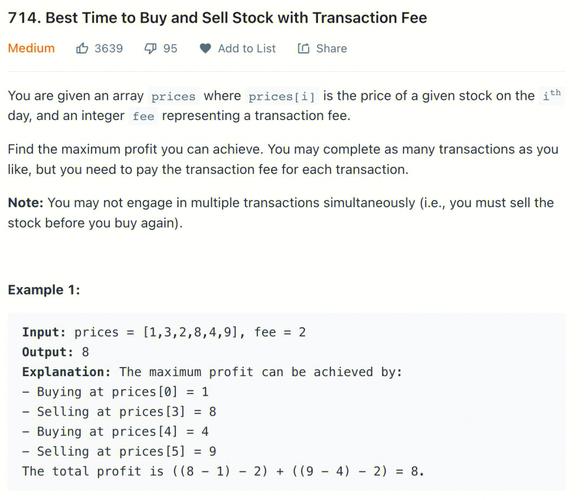Best Time for Gas Prices: A Comprehensive Guide
Are you tired of paying exorbitant prices at the pump? Do you wish there was a way to predict when gas prices would be at their lowest? Look no further! In this detailed guide, we will explore various factors that influence gas prices and help you determine the best time to fill up your tank.
Seasonal Trends
One of the most significant factors affecting gas prices is the season. Generally, prices tend to be lower during the fall and winter months. This is because demand for gasoline decreases as people drive less due to colder weather and holidays. Conversely, prices tend to rise during the spring and summer when demand is at its peak.

| Season | Average Gas Price | Price Trend |
|---|---|---|
| Winter | $2.50 | Lower |
| Spring | $3.00 | Higher |
| Summer | $3.20 | Higher |
| Fall | $2.70 | Lower |
Price Fluctuations
Gas prices can fluctuate due to various factors, such as geopolitical events, supply and demand, and seasonal maintenance at refineries. To stay ahead of the curve, it’s essential to keep an eye on these factors:
- Geopolitical Events: Tensions in oil-producing regions, such as the Middle East, can lead to supply disruptions and higher prices.
- Supply and Demand: If there is a surplus of oil, prices may drop. Conversely, if demand outpaces supply, prices will rise.
- Refinery Maintenance: Refineries undergo seasonal maintenance, which can temporarily reduce the supply of gasoline and lead to higher prices.
Strategies for Finding the Best Time
Now that you understand the factors influencing gas prices, here are some strategies to help you find the best time to fill up your tank:
- Use Gas Price Apps: Apps like GasBuddy and GasPriceWatch can help you find the lowest prices in your area.
- Monitor Price Trends: Keep an eye on gas price trends and fill up when prices are at their lowest.
- Take Advantage of Promotions: Some gas stations offer discounts or rewards programs for frequent customers.
- Plan Your Trips: Combine errands and trips to minimize the number of times you need to fill up.
Additional Tips
Here are some additional tips to help you save money on gas:
- Regular Maintenance: Keep your car well-maintained to improve fuel efficiency.
- Drive Smoothly: Aggressive driving can reduce fuel efficiency.
- Use the Right Fuel: Make sure you’re using the right octane rating for your car.
- Check Tires: Make sure your tires are properly inflated to improve fuel efficiency.
By following these tips and strategies, you can save money on gas and reduce your carbon footprint. Remember, the best time for gas prices is when you’re prepared and informed.



